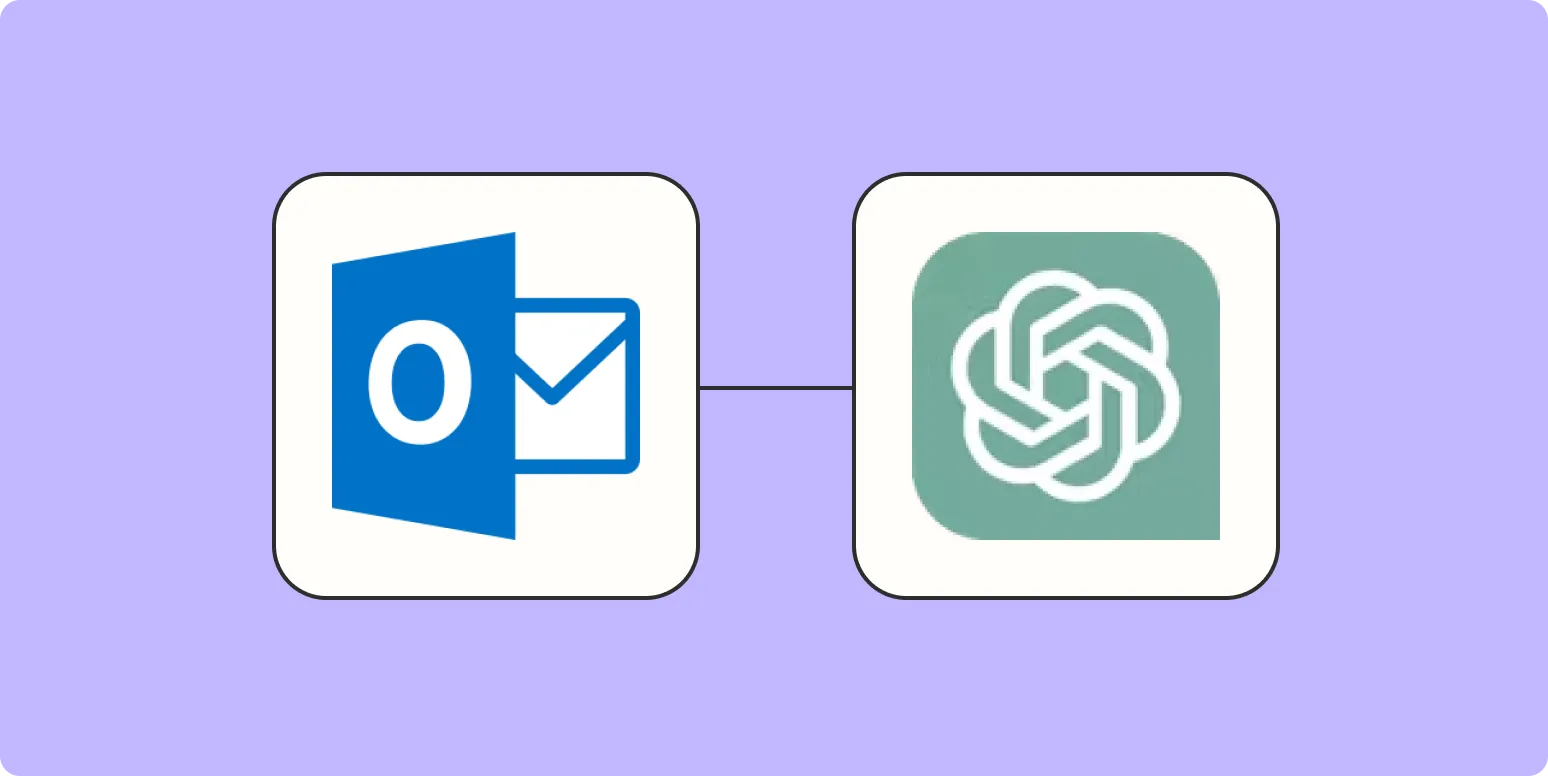Integrating ChatGPT with Microsoft Outlook can significantly enhance your productivity and streamline communication. By leveraging the capabilities of ChatGPT, you can automate responses, generate email drafts, and even manage your calendar more efficiently. This guide will walk you through the steps to integrate ChatGPT with Microsoft Outlook, highlighting key features and benefits along the way.
Understanding the Benefits of Integration
Before diving into the integration process, it’s essential to understand why combining ChatGPT with Microsoft Outlook can be beneficial:
- Increased Efficiency: Automate repetitive tasks and save time.
- Enhanced Communication: Generate quick, context-aware responses to emails.
- Improved Organization: Manage your calendar and appointments more effectively.
Prerequisites for Integration
Before you start the integration, make sure you have the following:
- A valid Microsoft Outlook account.
- An active OpenAI API key to access ChatGPT functionalities.
- Basic knowledge of programming, particularly in languages like Python or JavaScript.
Step-by-Step Integration Process
Now let’s explore the steps required to integrate ChatGPT with Microsoft Outlook:
1. Set Up the OpenAI API
First, you need to create an account on the OpenAI platform and obtain your API key. This key will allow your application to interact with ChatGPT.
2. Choose Your Development Environment
You can use various programming languages and frameworks to build your integration. Popular choices include:
| Language | Framework/Library |
|---|---|
| Python | Flask or Django |
| JavaScript | Node.js |
| C# | .NET |
3. Create a Basic Application
Develop a basic application to handle incoming Outlook emails and send responses through ChatGPT. Use the following code snippets as a foundation:
import requests
def get_chatgpt_response(prompt):
url = "https://api.openai.com/v1/chat/completions"
headers = {
"Authorization": f"Bearer YOUR_API_KEY",
"Content-Type": "application/json"
}
data = {
"model": "gpt-3.5-turbo",
"messages": [{"role": "user", "content": prompt}]
}
response = requests.post(url, headers=headers, json=data)
return response.json()['choices'][0]['message']['content']
4. Connect to Microsoft Outlook
Utilize the Microsoft Graph API to connect your application with Outlook. This API provides endpoints for accessing Outlook mail, calendar, and other resources.
import requests
def get_outlook_emails(access_token):
url = "https://graph.microsoft.com/v1.0/me/mailFolders/inbox/messages"
headers = {
"Authorization": f"Bearer {access_token}"
}
response = requests.get(url, headers=headers)
return response.json()['value']
5. Automate Email Responses
Use the data from Outlook to generate email responses with ChatGPT. When you receive an email, extract the content, send it to ChatGPT, and then send the response back through Outlook.
def handle_email(email_content):
response = get_chatgpt_response(email_content)
# Code to send response back via Outlook
Testing Your Integration
After building your application, it’s crucial to test the integration thoroughly. Ensure that:
- Emails are retrieved correctly from Outlook.
- Responses from ChatGPT are coherent and contextually relevant.
- Email responses are sent without errors.
Best Practices for Using ChatGPT with Outlook
To maximize the benefits of your integration, consider implementing the following best practices:
- Monitor Response Quality: Regularly review the responses generated by ChatGPT to ensure they meet your standards.
- Fine-Tune Prompts: Experiment with different prompts to improve the quality of generated emails.
- Keep Security in Mind: Protect your API keys and user data by following best security practices.
Conclusion
Integrating ChatGPT with Microsoft Outlook can revolutionize the way you manage your email and calendar tasks. By automating routine responses and enhancing communication, you can focus on more critical aspects of your work. Remember to test your integration thoroughly and adhere to best practices to ensure a seamless experience.





